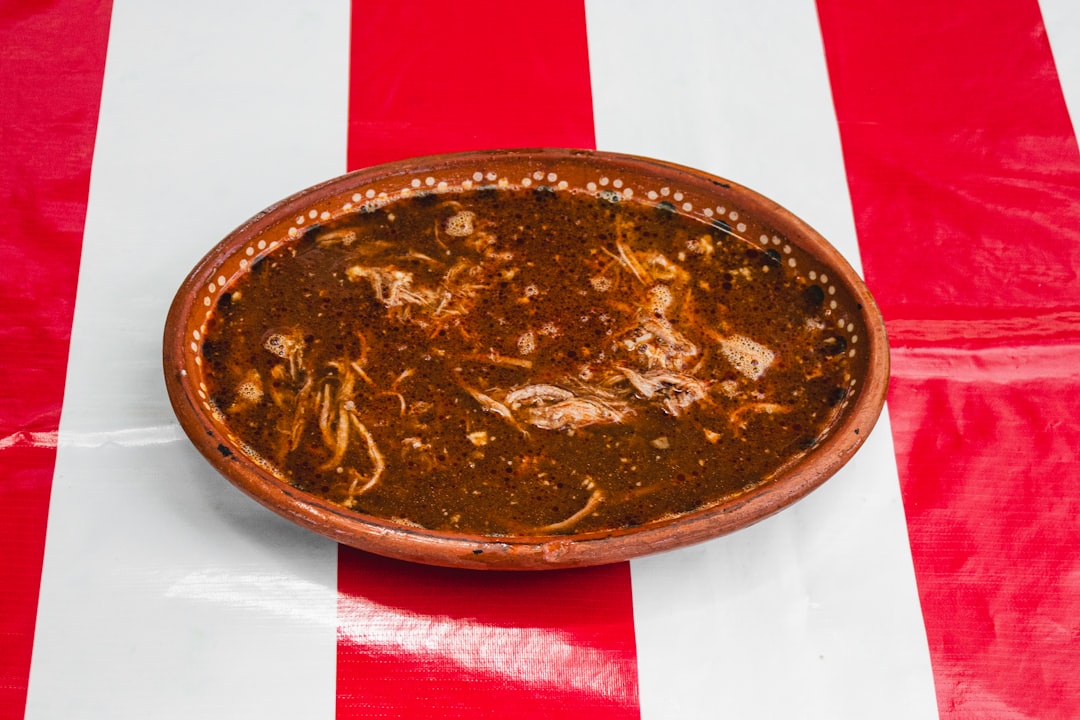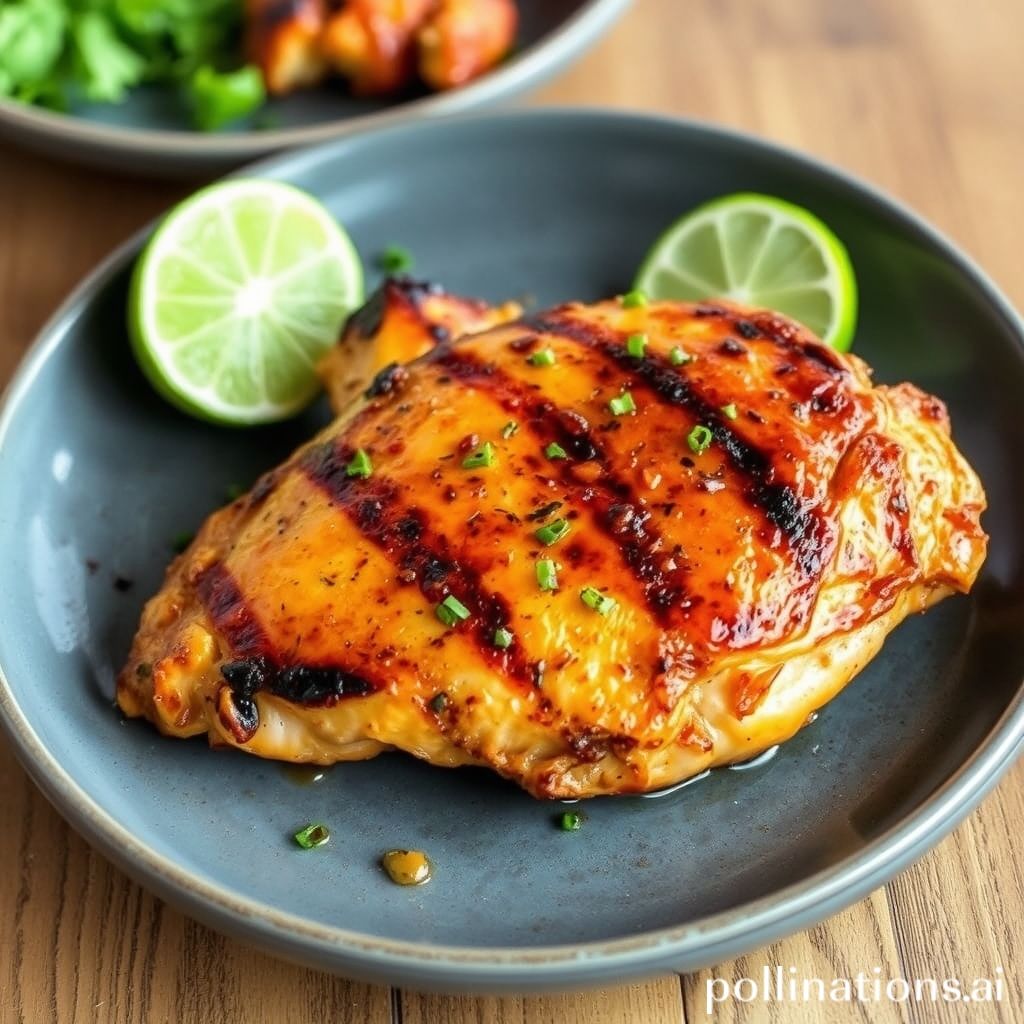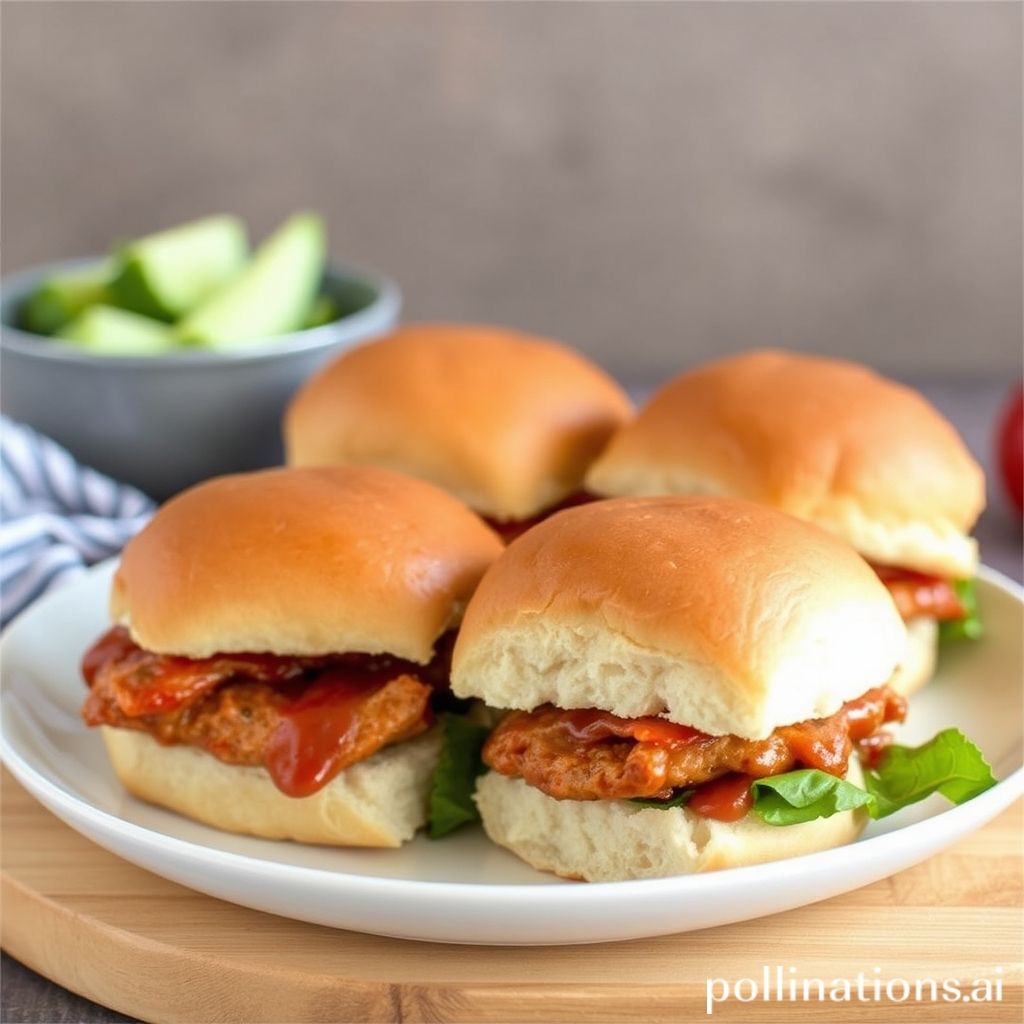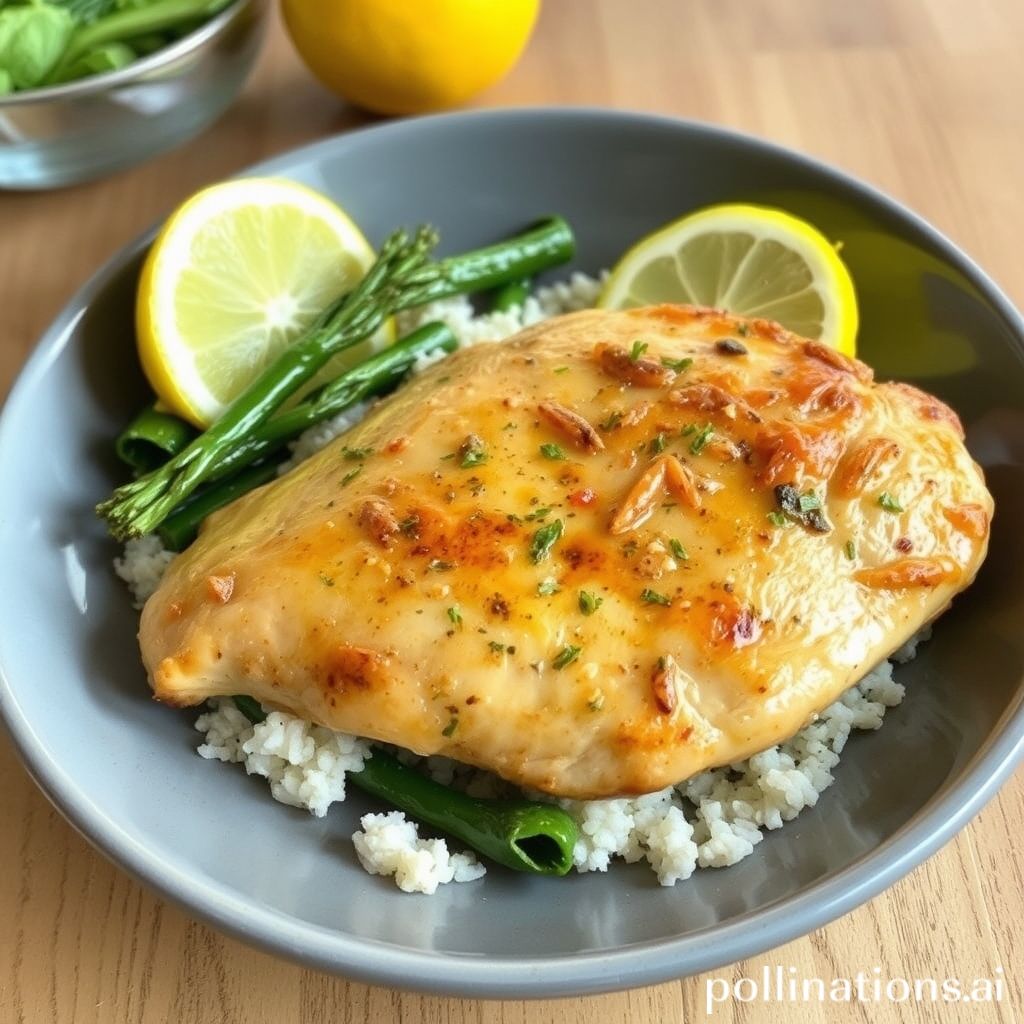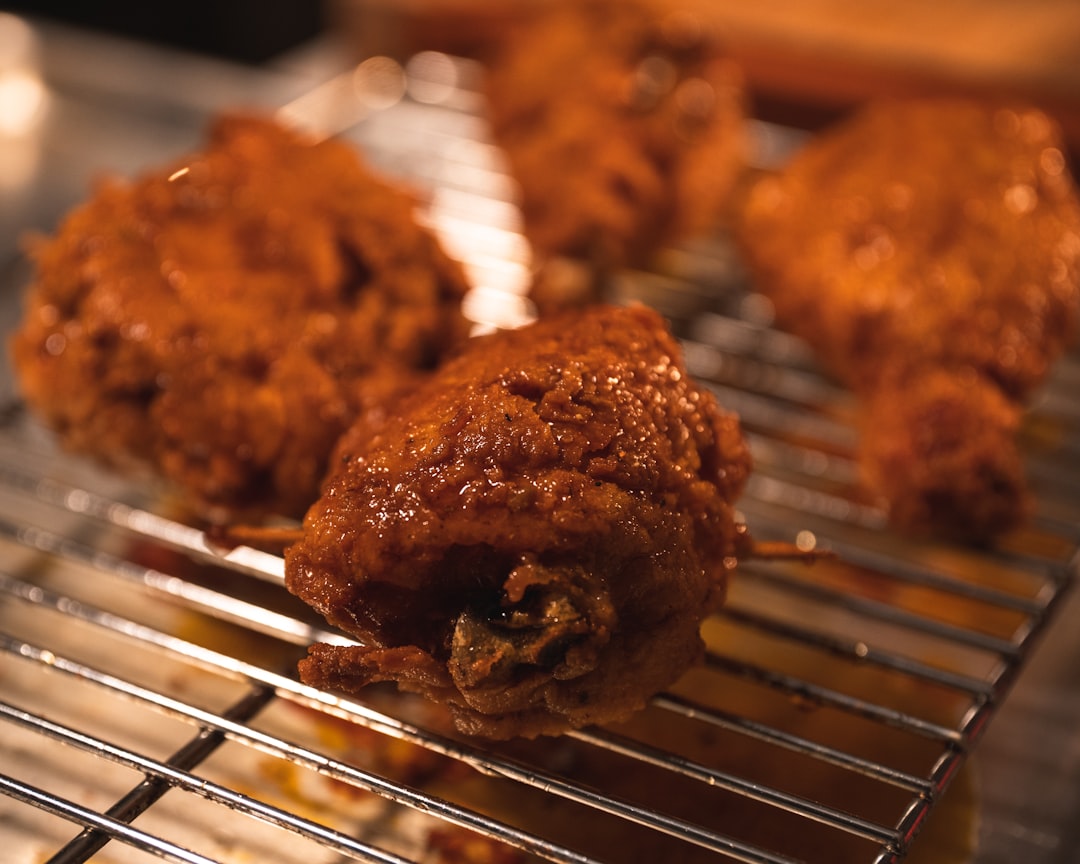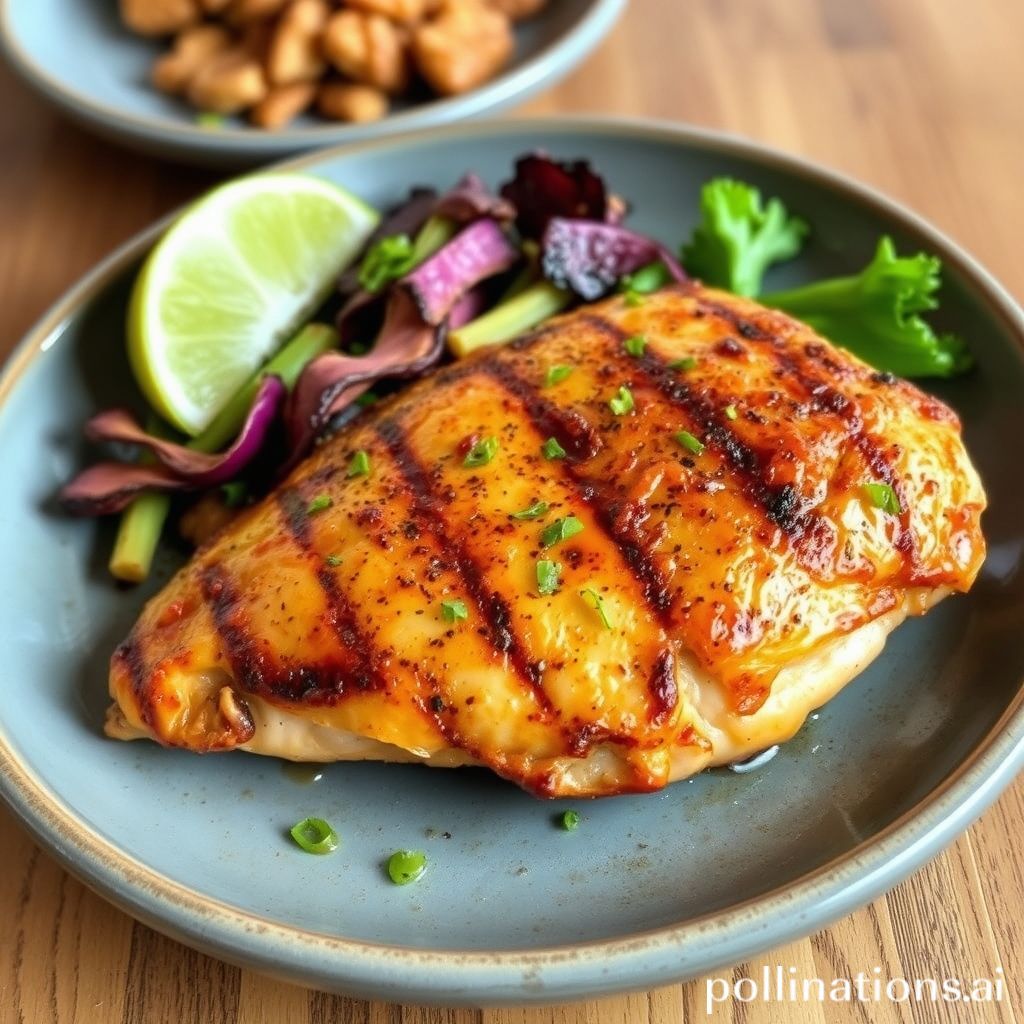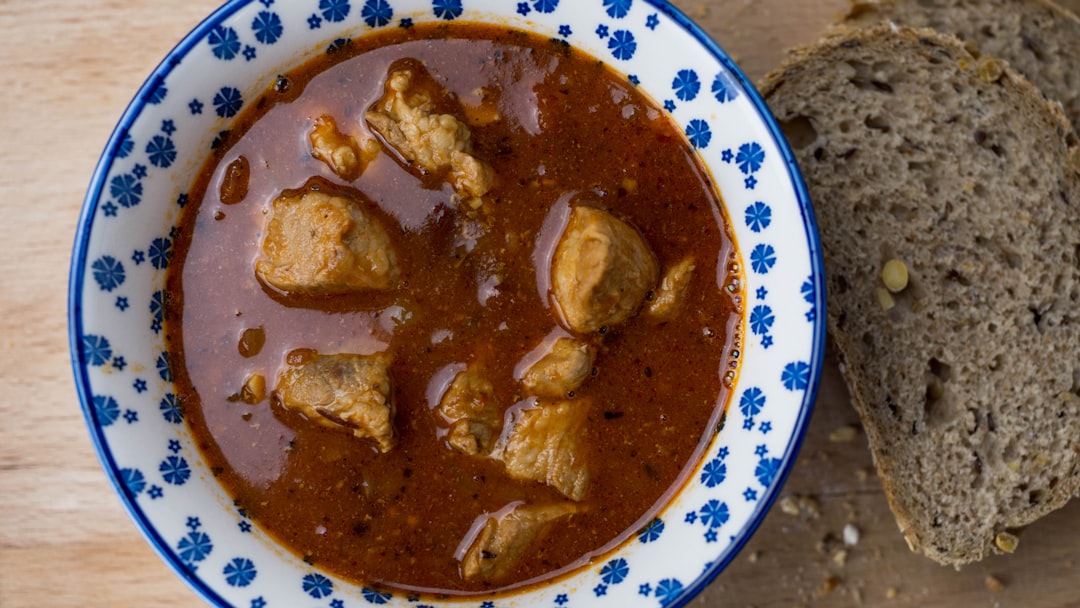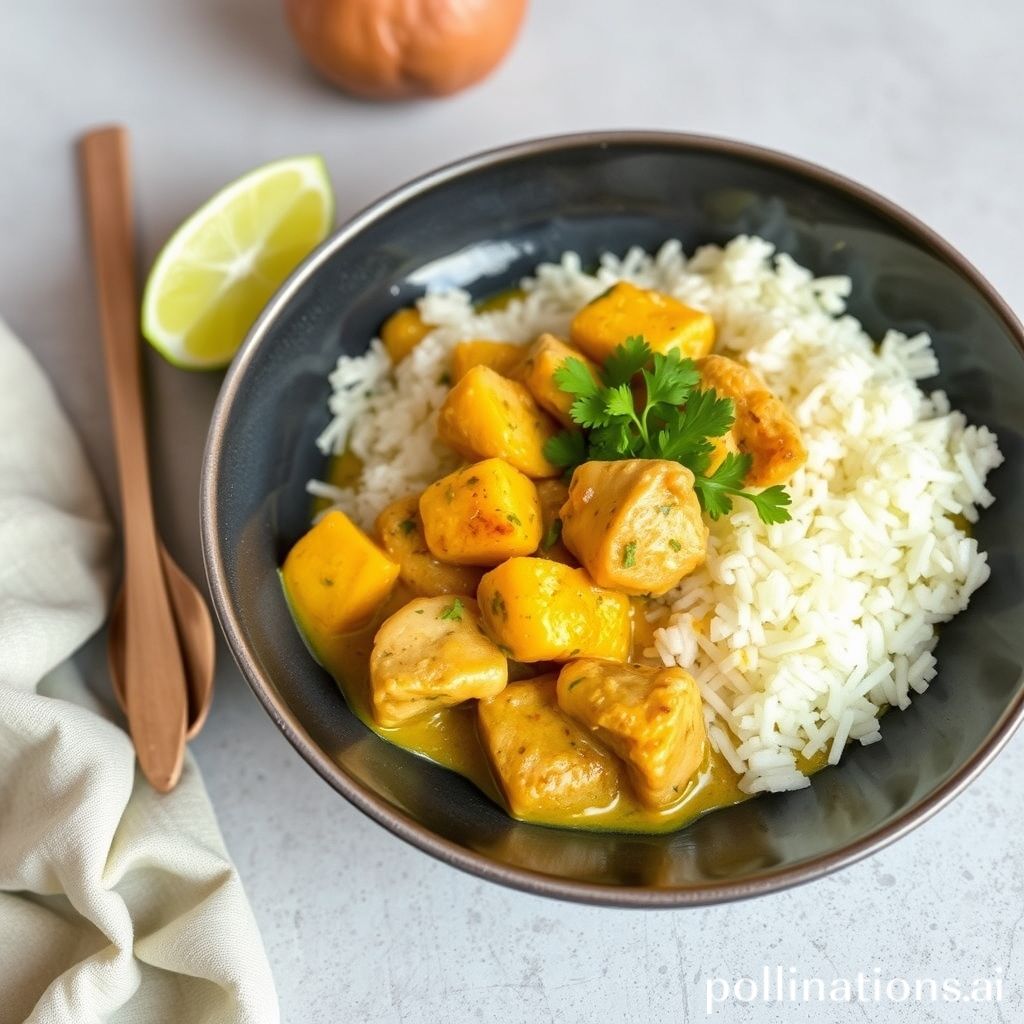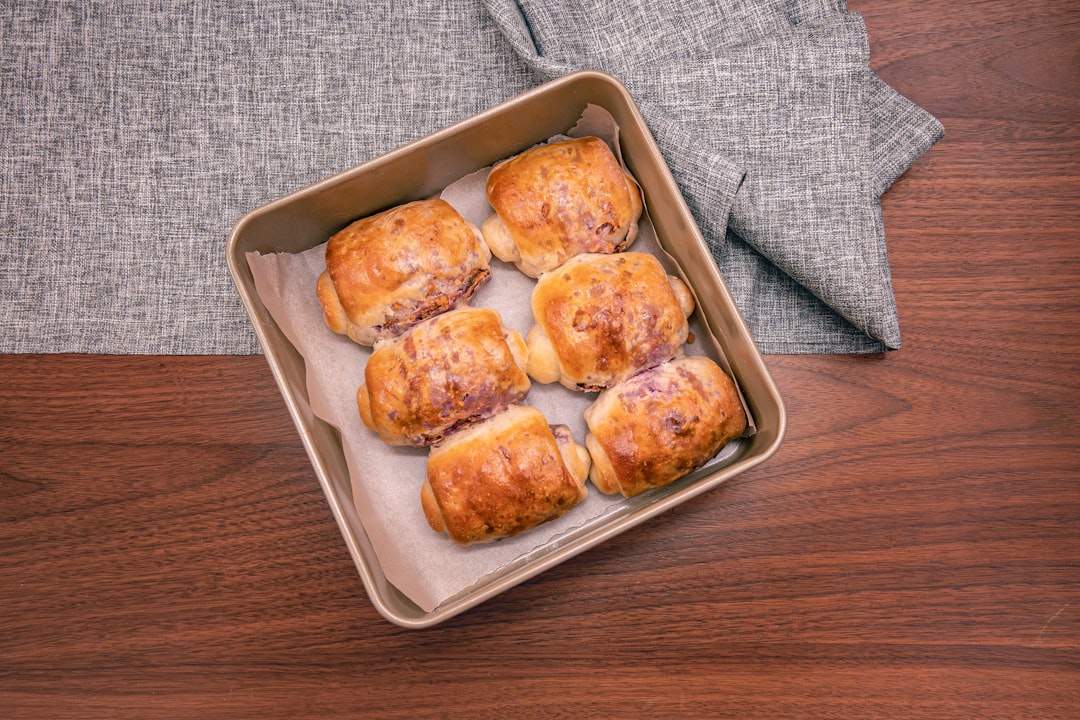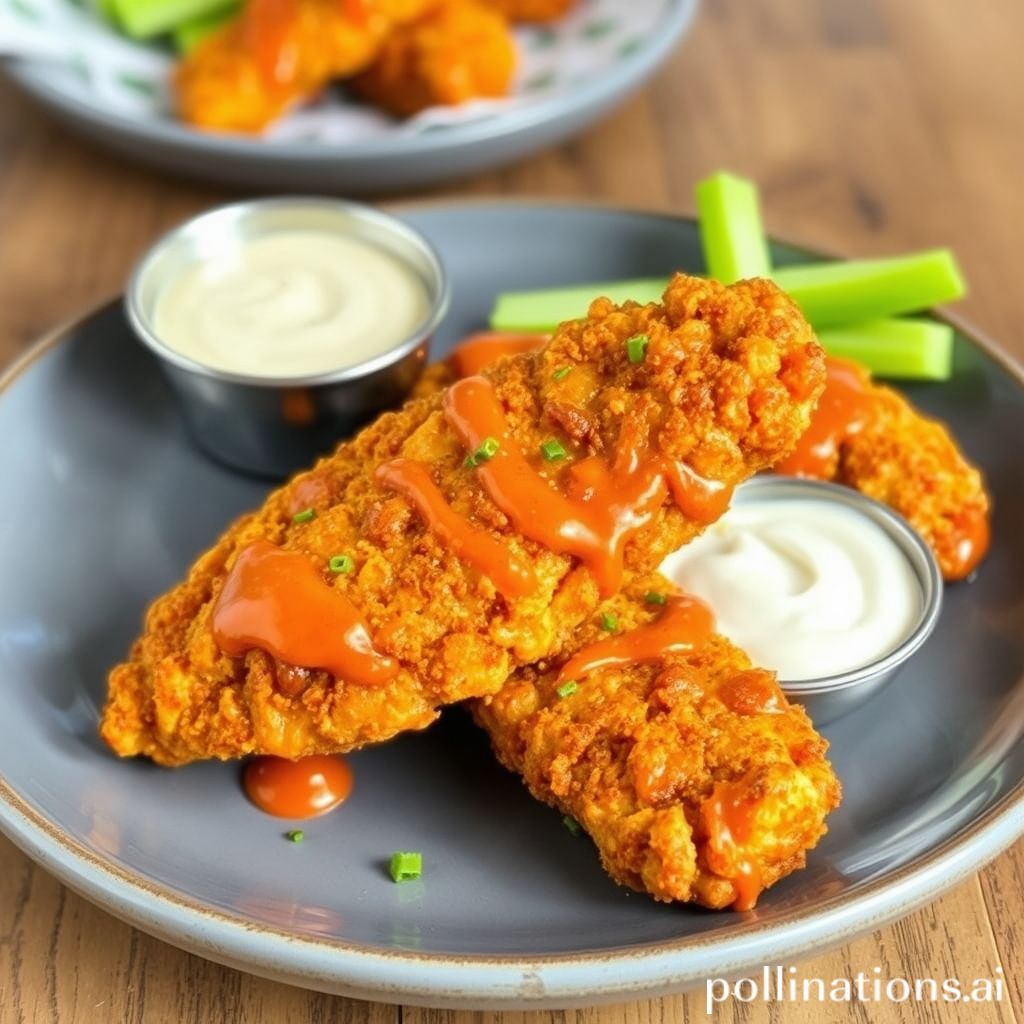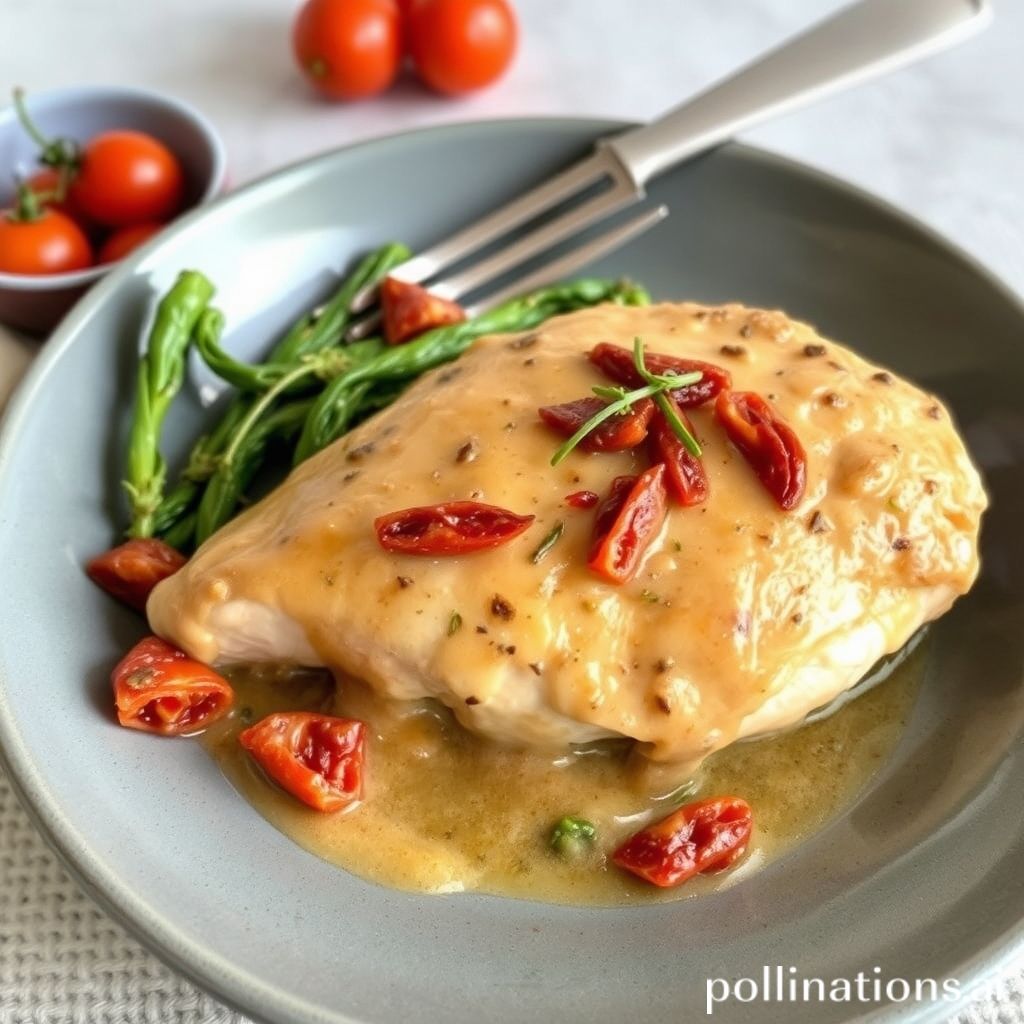Table of Contents
- Introduction
- Origin and cultural significance of Moroccan Spiced Chicken Tagine
- Traditional ingredients and spices used in the recipe
- Step-by-step guide on preparing Moroccan Spiced Chicken Tagine
- Variations and adaptations of the classic recipe
- Pairing suggestions: What to serve with Moroccan Spiced Chicken Tagine
- Nutritional benefits of Moroccan spices and chicken
- Tips for cooking tagine in various cooking vessels
- Popular accompaniments and beverages to enhance the tagine experience
- Conclusion
- Frequently Asked Questions
Introduction
Imagine the warm and enticing aroma of spices wafting through the bustling streets of Morocco, a land rich in culture and culinary traditions. Welcome to our culinary adventure, where we delve into the secrets of crafting a delectable Chicken Tagine, infused with authentic Moroccan flavors. This isn’t just a dish; it’s a sensory journey, an invitation to explore an entirely new world through the comfort of your kitchen.
Picture a dish simmering with tender chicken, apricots, olives, and a melody of spices like cinnamon, cumin, and coriander, each whispering tales of ancient trade routes. Our journey will reveal not only the culinary techniques needed to master this dish but also the stories and the people behind its time-honored recipe.
Origin and cultural significance of Moroccan Spiced Chicken Tagine
Moroccan Spiced Chicken Tagine is a quintessential dish that reflects the rich culinary history of Morocco. Originating from the North African Berber communities, the tagine is not only the name of the dish but also the earthenware pot in which it is cooked. This unique cooking method allows for a slow-cooked meal, where the flavors from an array of spices merge to create a delightful, aromatic experience. Key spices include cumin, ginger, cinnamon, and saffron, which together provide a warming and exotic flavor profile that is distinctive to Moroccan cuisine.
Beyond its delicious taste, the Moroccan Spiced Chicken Tagine holds cultural significance. It is often served during special gatherings and family occasions, symbolizing hospitality and sharing. Traditionally, it is enjoyed communally, with each person pulling tender pieces of chicken and aromatic vegetables from the tagine using pieces of bread. This reflects the core values of Moroccan society—community, togetherness, and warmth. The legacy of the tagine is a testament to the diverse influences that have shaped Morocco over centuries, from Arab traders to French colonizers, each leaving their mark on this culinary masterpiece.
Traditional ingredients and spices used in the recipe
The Moroccan Spiced Chicken Tagine is a culinary delight that captures the essence of North African flavor through its unique blend of traditional ingredients and spices. The dish is primarily made with tender chicken pieces that are slow-cooked to perfection, absorbing the rich and aromatic spices that are synonymous with Moroccan cuisine. One of the key ingredients is preserved lemons, which add a distinctive tangy taste that elevates the dish. These lemons are typically made by fermenting sliced lemons in salt and their own juices.
Another essential component is olives, usually green or purple, which lend a briny depth to the tagine. The foundation of the dish’s flavor is its vibrant spice mixture, which often includes cumin, coriander, ginger, cinnamon, and turmeric. These spices create an aromatic profile that is both warm and complex. Additionally, saffron threads are sometimes used for their unique flavor and golden hue. Garlic and onions serve as the aromatic base, while fresh cilantro and parsley are often used to garnish the dish, providing a burst of freshness. This harmonious blend of spices and ingredients is what makes Moroccan Spiced Chicken Tagine an unforgettable culinary experience.
Step-by-step guide on preparing Moroccan Spiced Chicken Tagine
To prepare Moroccan Spiced Chicken Tagine, begin by marinating the chicken. Combine spices such as paprika, cumin, ginger, turmeric, and cinnamon in a bowl. Add minced garlic, olive oil, and lemon juice. Coat the chicken pieces in this mixture, allowing them to marinate for at least an hour.
Next, heat olive oil in a tagine or a heavy-bottomed pot over medium heat. Add chopped onions and sauté until they are translucent. Incorporate the marinated chicken, searing each side to lock in the flavors.
Add chopped tomatoes, chicken broth, and saffron threads, stirring well. Season with salt and pepper. Cover and let it simmer for about 45 minutes to an hour, allowing the chicken to become tender and the flavors to meld beautifully.
Finally, add in chopped dried apricots and olives, cooking for an additional 10 minutes. Garnish with fresh cilantro or parsley before serving, enhancing both color and taste. This aromatic tagine is best enjoyed with couscous or crusty bread to soak up the rich sauce.
Variations and adaptations of the classic recipe
Moroccan Spiced Chicken Tagine is a beloved dish known for its rich blend of flavors and aromatic spices. While the traditional recipe is cherished, there are numerous variations and adaptations that allow for culinary creativity and personalization. One common adaptation involves substituting chicken with lamb, providing a richer, heartier flavor profile. Additionally, some cooks prefer to add different vegetables, such as sweet potatoes or carrots, to enhance the dish’s sweetness and texture.
Another popular variation includes the integration of dried fruits like apricots or raisins, which infuse the tagine with a subtle sweetness that complements the savory spices beautifully. For those seeking a vegetarian option, chickpeas can replace the meat, offering a nutritious and protein-rich alternative. Spices, too, can be tailored to taste; the heat level, for example, can be adjusted by altering the amount of cayenne pepper or by adding fresh chilies.
Regional influences also play a role in how this dish can be adapted. In coastal areas, for instance, seafood might be added to the tagine, creating an entirely different yet equally delightful experience. These variations highlight the versatility of the Moroccan Spiced Chicken Tagine, making it a dish that can be tailored to suit a variety of tastes and dietary preferences.
Pairing suggestions: What to serve with Moroccan Spiced Chicken Tagine
Moroccan Spiced Chicken Tagine, with its aromatic blend of spices and tender chicken, pairs wonderfully with a variety of sides that complement its rich flavors. To truly transport your meal to a Moroccan table, consider serving it with a side of fluffy couscous. The delicate texture of couscous soaks up the savory sauce of the tagine, making each bite a delightful experience. Another excellent option is a warmed serving of flatbread or pita, perfect for scooping up the flavorful concoction.
For a refreshing contrast, a light salad made with fresh greens, cucumber, tomatoes, and a hint of mint can brighten the palate and balance the warm spices of the dish. You might also consider a side of roasted vegetables, such as carrots, bell peppers, or zucchini, seasoned lightly with olive oil and herbs to keep the focus on the tagine.
To complete the meal, a chilled glass of mint tea or a fruity Moroccan wine can enhance the dining experience, providing a taste that complements the overall flavor profile of the chicken tagine. Whether hosting a dinner party or enjoying a family meal, these pairings will ensure a well-rounded culinary experience.
Nutritional benefits of Moroccan spices and chicken
Moroccan Spiced Chicken Tagine is a delightful dish that not only tantalizes the taste buds but also offers a range of nutritional benefits. The spices used in Moroccan cuisine, such as turmeric, cumin, ginger, and cinnamon, are rich in antioxidants and have anti-inflammatory properties. Turmeric, for example, contains curcumin, which is known for its ability to combat oxidative stress and support joint health. Meanwhile, ginger is celebrated for aiding digestion and alleviating nausea.
The use of chicken as the primary protein source makes this dish a great choice for those looking to maintain or build lean muscle mass due to its high protein content. Chicken is also rich in essential nutrients like vitamin B6, which plays a critical role in maintaining brain health, and niacin, which supports cardiovascular health.
Additionally, the vegetables commonly used in tagines, such as carrots, onions, and tomatoes, are full of vitamins, minerals, and fiber, which contribute to overall health and well-being. The combination of these ingredients not only enriches the flavor profile of the dish but also provides numerous health benefits, making Moroccan Spiced Chicken Tagine a nutritious and delicious choice for any meal.
Tips for cooking tagine in various cooking vessels
Cooking a Moroccan Spiced Chicken Tagine can be an enriching culinary experience, no matter what type of cooking vessel you use. Traditionally, a tagine is prepared in a clay pot of the same name, which provides a unique flavor and texture to the dish. The conical shape allows steam to circulate and condense back into the food, making it tender and flavorful. When using a traditional clay tagine, make sure to start on low heat to prevent cracking and gradually increase to medium heat.
However, if a clay tagine isn’t available, a Dutch oven is an excellent alternative. Its heavy construction provides even heat distribution and retains moisture well, much like the traditional vessel. Always preheat the Dutch oven slowly, just like the clay pot, for the best results.
For those who prefer the convenience of modern cookware, a slow cooker can also mimic the gentle cooking method needed for a tagine. The low and slow technique brings out the intricate flavors of spices and herbs. Simply set it on a low setting and let it simmer through the day.
No matter the vessel, the key to a perfect tagine is patience, allowing the rich spices to infuse thoroughly for a delightful outcome.
Popular accompaniments and beverages to enhance the tagine experience
When it comes to enjoying a Moroccan Spiced Chicken Tagine, selecting the right accompaniments and beverages can truly elevate the dining experience. A traditional choice to complement this rich and aromatic dish is serving it with couscous. The fluffy grains of couscous readily absorb the delicious spices and juices from the tagine, creating a harmonious balance of flavors. Additionally, a side of warm, crusty bread such as a baguette or traditional Moroccan khobz is perfect for scooping up the savory sauce.
For a burst of freshness and contrast, consider serving a simple salad with crisp greens, juicy tomatoes, and cucumbers, lightly dressed with lemon juice and olive oil. The lightness of the salad refreshes the palate and complements the hearty flavors of the tagine.
In terms of beverages, a mint tea is a popular choice, providing a sweet and aromatic counterpoint to the spiced dish. If you prefer something a bit stronger, a light, fruity red wine or a refreshing Rosé can also work beautifully. Non-alcoholic options such as a chilled, still lemonade or a sparkling water infused with a hint of citrus would cleanse and balance the robust flavors, enhancing the overall tagine experience.
Conclusion
The enchanting journey through the rich flavors and cultural heritage of Moroccan Spiced Chicken Tagine offers a glimpse into the heart of Moroccan culinary traditions. This dish is more than just a meal; it is an experience steeped in history, community, and the beautiful fusion of spices that define Moroccan cuisine. Whether savoring the traditional recipe or exploring innovative adaptations, each iteration of this tagine tells its own unique story on your plate. As you draw this culinary journey to a close, why not continue the adventure and broaden your culinary repertoire with an array of exciting chicken recipes? Seize the opportunity to elevate your cooking with ‘The Chicken Bible: Say Goodbye to Boring Chicken with 500 Recipes for Easy Dinners, Braises, Wings, Stir-Fries, and So Much More’. Unlock a world of flavor with this comprehensive guide that promises to transform your kitchen experiences. Click here to discover recipes that delight your palate and inspire your inner chef. Let ‘The Chicken Bible’ be your trusted companion in creating memorable, mouthwatering dishes, redefining what chicken can be in your culinary landscape.
